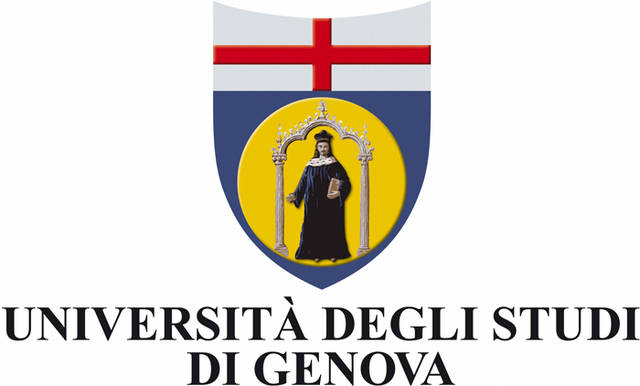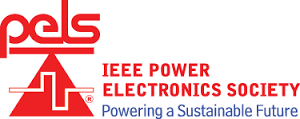Confirmed Keynote Speakers
New trends in electric mobility – and a better use of renewables
Marco Venturini, CEO of Phase Motion Control S.p.A.
The coming of age of high performance batteries is revolutionising electric mobility at an accelerating pace. The current and coming generation of batteries offers both high energy density and the option of ultra fast charging, thus removing the two main obstacles to a generalized replacement of IC engines in private transportation. Increasing investment across the industry is rapidly clearing away other minor, but multiple, problems, such as efficient and reliable cabling, protection, component packaging and so on. A revolution is on the way. On the supply side, the availability of a growing “battery on wheels” connected to the network, at least most of the time, can and will serendipitously solve the issue of network instability triggered by the increasing percentage of renewables generation in the grid. This means that a growing fraction of the EVs will run on zero energy or negawatt, i.e. renewable energy that would not have been otherwise harvested. A high challenge, but a very worthwhile work for the future of the world.
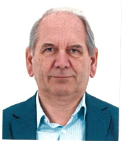
Marco Venturini (IEEE M ‘78, S.M. ‘83) was born in Genoa, Italy. He received the Doctorate, with honors, in Nuclear Engineering from the Politecnico di Milano, Italy, in 1977. After a first period as Visiting Researcher to the Department of Electrical Engineering and Computer sciences of the University of California, Berkeley (UCB) in 1976, he alternated professional activity in Italy with research at UCB until 1980. In 1980, after his invention of the Matrix Converter was acquired by Texas Instruments he joined TI and later on Philips, as R&D Manager. In this position he designed the first series of brushless PM motors for general automation to be produced in Italy, apart from coordinating development of a number of advanced motion control projects. In 1986 he founded Phase Motion Control S.p.A., which specialize in electronic power conversion, advanced motion control, specialty drives; among the projects realized by Phase Motion Control are the 10 diameter direct drives for the VLT telescope, a 18 m diameter, 230,000 Nm rated Permanent Magnet Brushless Motor for the GranTeCan Telescope, the drives of ALMA (Atacama Large Millimeter Array) as well as hybrid drive systems for advanced traction, large, low speed generators for wind, mini hydro, and tidal power, up to a few MW rated power as well as small drives for robotics and space applications. Power conversion equipment from Phase Motion Control operate a number of MW rated photovoltaic plants, one of them belonging to Phase Group. From 1999 Phase Motion Control expanded their operation in China and now operate from 5 plants in China (recently acquired by the Chinese state), Italy, France and U.S.A. Currently Phase Motion Control is active in all field o electric mobility from powertrains to battery systems and fast recharging stations. The field of interest of Dr. Venturini includes power electronic conversion, integrated electronic/electromechanical design, high response speed servo drives, very high speed and linear motors. He holds numerous patents in the power electronics and electromechanical design fields. Dr. Venturini is a Senior Member of IEEE, member of IAS, PES, UAI.
VSC Conversion Technology for HVDC & FACTS, State of the Art and Future Trend
Paolo Bordignon, Executive Vice President, R&D Coordination and Technology, Rongxin HUIKO Electric Technology Co.,Ltd
This speech is intended to describe the present State of the Art and future trend of Voltage Source Conversion (VSC) Technology applied to Transmission and Distribution (T&D) Lines in particular to High Voltage Direct Current (VSC-HVDC) and Flexible AC Transmission Systems (FACTS).
Taking into consideration the present state and future trend of Power Semiconductor devices development, Conversion Topology and main Applications.
The applications, where VSC-HVDC technology has been applied with major success, until now are : Interconnectors between countries and transmission by submarine cables from Off Shore Wind Farms to On Shore Grid (main locations in North Europe) , Multi-terminals (MTDC) and Back to Back (B2B) Ties (mainly in China). In near future we foresee important application of VSC technology also in Long Distance Transmission (LDT) (China, India and Brazil or between continentals).
Some comparisons in terms of power rating, performances, space and losses has been evaluated between VSC-HVDC technology and the traditional one based on Current Source Thyristor conversion commonly known as Line Commutated Conversion (LCC-HVDC ) , in China some Hybrid solutions VSC+LCC has been already applied in B2B and others will be applied also in LTD in near future. We think Hybrid will become more and more important in the future to guarantee the best performances at lower cost and losses.
Regarding FACTS many solutions have proposed and deeply studied based on VSC Converter in Series (SSSC), in Shunt (Statcom) or both in Series+Shunt position (UPFC) to stabilize high voltage AC line in transmission operation or against bad contingences. At present only Statcom has been extensively applied in real T&D projects and now is also entering in heavy duty industrial sectors to improve Power Quality of MV industrial feeding lines.
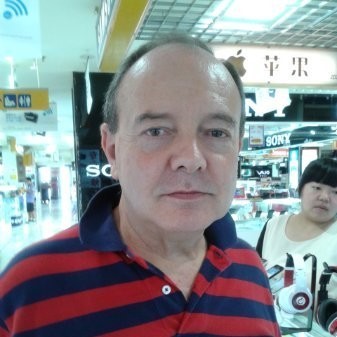
Paolo Bordignon received his doctor degree in Nuclear Physics from University degli Studi di Padova in 1973. He joined Ansaldo as Manager of Power Electronics R&D and Engineering until 1998 and, in the same time, taught at University di Pisa for the academic year 1986 – 1987. In 1998 he moved to Houston Texas to join Ansaldo Rosshill as Manager of Power Electronics R&D, until 2000, when he moved back to Italy as Director of Power Electronics R&D until 2011. From 2005 to 2007, moved to Moskow to become the General Director of Ansaldo VEI. In 2011, he became Executive Vice President R&D and Technology of Rongxin Power Electronics (RXPE) in Beijing and Anshan, China. In 2014-2015, he was Contract Professor at the University of Genova.
Low Inertia Grids: towards a power electronics-based power system
Univ.-Prof. Antonello Monti, PhD , Director of the Institute for Automation of Complex Power Systems. E.ON Energy Research Center, RWTH Aachen University
The energy transformation is bringing more and more power electronics into the power system. As result, we are moving from a classical electromechanical system to a fully electronic driven system. This change is significantly affecting the dynamics of the power system but also opening completely new opportunities. The presentation will introduce recent studies in the field of dynamic integration of inverters in power grids showing that power electronics can be seen more as opportunities than as a problem. While a full concept of automation for future power system is still part of research, interesting options are emerging showing how the future power electronics-based power system could be actually more reliable than the classical power system.

Antonello Monti received his M.Sc degree (summa cum laude) and his PhD in Electrical Engineering from Politecnico di Milano, Italy in 1989 and 1994 respectively. He started his career in Ansaldo Industria and then moved in 1995 to Politecnico di Milano as Assistant Professor. In 2000 he joined the Department of Electrical Engineering of the University of South Carolina (USA) as Associate and then Full Professor. Since 2008 he is the director of the Institute for Automation of Complex Power System within the E.ON Energy Research Center at RWTH Aachen University. Dr. Monti is author or co-author of more than 300 peer-reviewed papers published in international Journals and in the proceedings of International conferences. He is a Senior Member of IEEE, Associate Editor of the IEEE System Journal, Associate Editor of IEEE Electrification Magazine, Member of the Editorial Board of the Elsevier Journal SEGAN and member of the founding board of the Springer Journal “Energy Informatics”. Dr. Monti is the recipient of the 2017 IEEE Innovation in Societal Infrastructure Award
Integrated optimal design trends from non propulsive systems to hybrid power train of more electric aircraft
Xavier Roboam, Université de Toulouse, LAPLACE (CNRS/INPT/UPS), Toulouse
The environmental context of aeronautics (less CO2, les fuel burn, acceptability) is “drastically changing” and electrification of future aircrafts becomes a key driver. Whatever if non propulsive systems (<100kW, <540V) or hybrid (or full electric) power train (100kW-MW, xkVs) are considered, huge challenges have to be faced by designers in terms of technologies (passive devices, magnetic materials, wide gaps,…) and feasibility constraints (quality, stability, EMI, partial discharges, environment and mission profile,…). In this presentation, we propose to cross these key challenges with methodological vision related to the “integrated optimal design of more electric systems”. Indeed, the complexity of such processes involves innovative approaches such as the Multi-disciplinary Design Optimization.
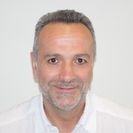
Xavier Roboam, received the Ph.D. Degree of ‘Université de Toulouse’, France in 1991. He is full-time researcher (Directeur de Recherches CNRS) in the Laboratory of Plasma and Conversion of electrical Energy (LAPLACE) of Toulouse since 1992. He has been consultant expert for Airbus in the framework of “new architectures and integrated design of electrical networks” during 10 years until 2016. He has published more than 280 references with 12 edited books. His current research interests include integrated optimal design of multi-fields systems for transport and embedded networks (more electrical aircraft) or microgrids.


